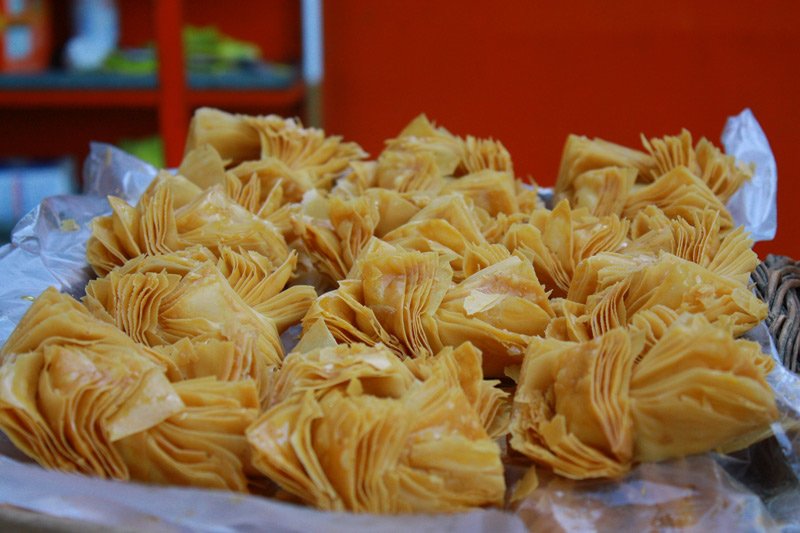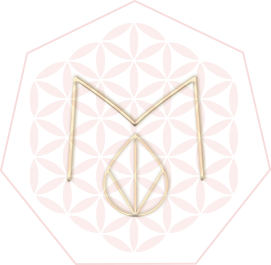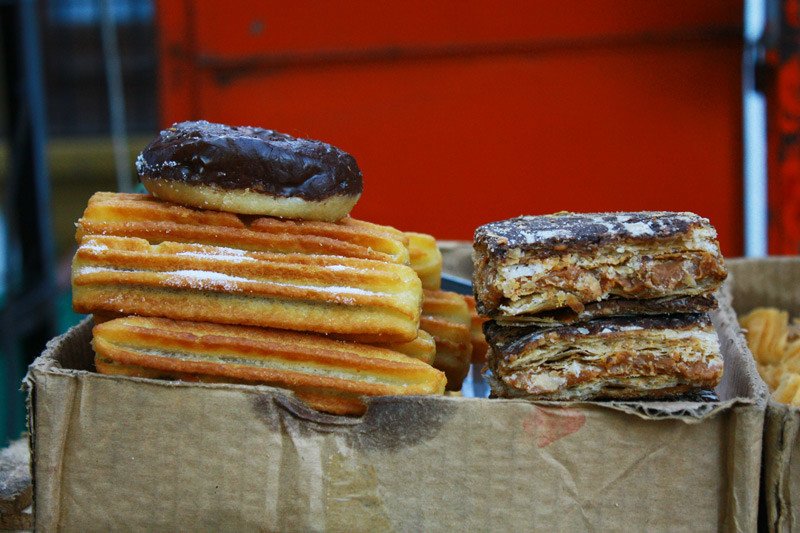Good morning friends! I hope you are having a wonderful week!
This is the last post on Argentinian sweets…well, not the very last one I will write, because I plan to bring you some recipes, but the last one of this introductory series. Starting from the next post, I will resume my regular posting of recipes, crafts and party ideas.
This post does not have many pictures and the ones it has were taken on the streets of Buenos Aires, whenever I could find local vendors selling the things I wanted to talk to you about ( this is just to show you how popular they are). Two extremely popular cakes are missing from the pictures, but I will provide you with links that have beautiful pictures, so that you can have an idea of what it is I am describing.
Let’s begin with a Latin American classic: churros! We used to eat them to accompany hot chocolate on winter days, home-made by my mother or my grandmother (who even had a “churrera”, which is the cylinder shaped machine to make churros with the traditional scalloped border). When I visited Punta del Este, in Uruguay, I tasted them filled with dulce de leche or chocolate for the first time. Later, chocolate, dulce de leche or cream filled churros became very common in Argentina as well, and now we can say they have become a popular favourite.
Milhojas de dulce de leche (pictured next to the churros, above, and here) is none other than a “dulce de leche thousand layer cake”: a cake made with layers of “hojaldre” (which is similar to puff pastry) stuck together with lots and lots of dulce de leche repostero and covered in either dark chocolate or poured fondant (more commonly, the former). It is a traditional cake for birthdays and small versions can be bought at almost any bakery.

Pastelitos (pictured above) are the sweets that are traditionally eaten during national holidays (25th of May, Argentina’s first national government day, and 9th of July, Argentina’s Independence day). They are made with a variation of puff pastry and traditionally filled with quince spread or sweet potato marmalade, though it is also possible to find them filled with (you guessed it!) dulce de leche or dulce de leche and walnuts. Once they are assembled, they are deep fried in either oil or grease, until golden.
Other two VERY popular cakes are Rogel Cake and Chocotorta. Rogel cake is made layering sheets of cake of a texture similar to the one of alfajor santafesino with dulce de leche repostero, and topped with Italian Meringue. It is extremely sweet, but delicious!
Chocotorta is a childhood classic which dates from the 1970’s, when a popular plain chocolate cookie brand (chocolinas) boosted its sales by advertising a simple cake that kids could do themselves using said cookies, because no baking was involved. The cake is made by layering chocolinas with dulce de leche (of course) mixed with cream cheese (queso blanco/fromage blanc), and it tastes delicious after 24 hours in the fridge, because the cookies fully absorb the filling and they become unrecognizable. Some people dip the cookies to moisten them more, either in coffee, syrup or dessert wines such as marsala or oporto. The cake is commonly covered with the same dulce de leche and cream cheese mix, and topped with chocolate swirls or simply cocoa. The cake is so popular that restaurants started serving it (see this article on the best chocotortas in Buenos Aires restaurants, for example) and couples started requesting it as wedding cake.
I hope that you enjoyed this series of posts on Argentina’s food culture. In the next post we will go back to our regular themes: recipes, parties and crafts.
Have a wonderful day!


respetada srita. me parese que sus pastelitos y mill hojas lo mismo sus churros son lindos, y con una presentacion fabulosa la felicito de todo corazon soy ama de casa y he admirado su obra de arte. no se si es posible o un secreto de familia pero le agradeceria si es posible me lo diera. Gracias le quedare muy agradecida, en espera de su respuerta. con carinoDalmira
Hola Dalmira. Gracias por comentar. Los pastelitos y los churros no son caseros. Estas fotos las tomé en las calles de Buenos Aires, a vendedores ambulantes, no tengo la receta!